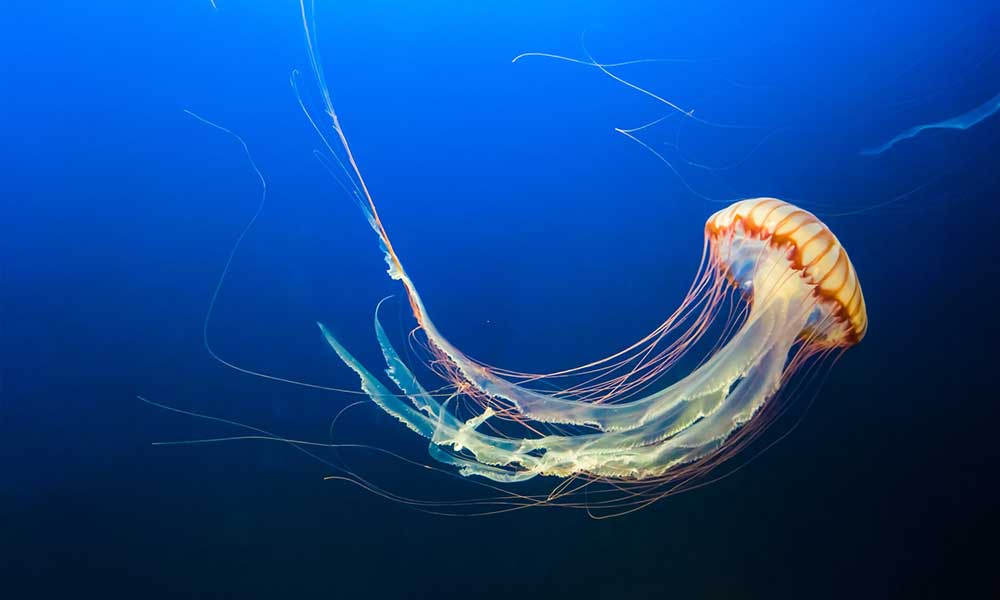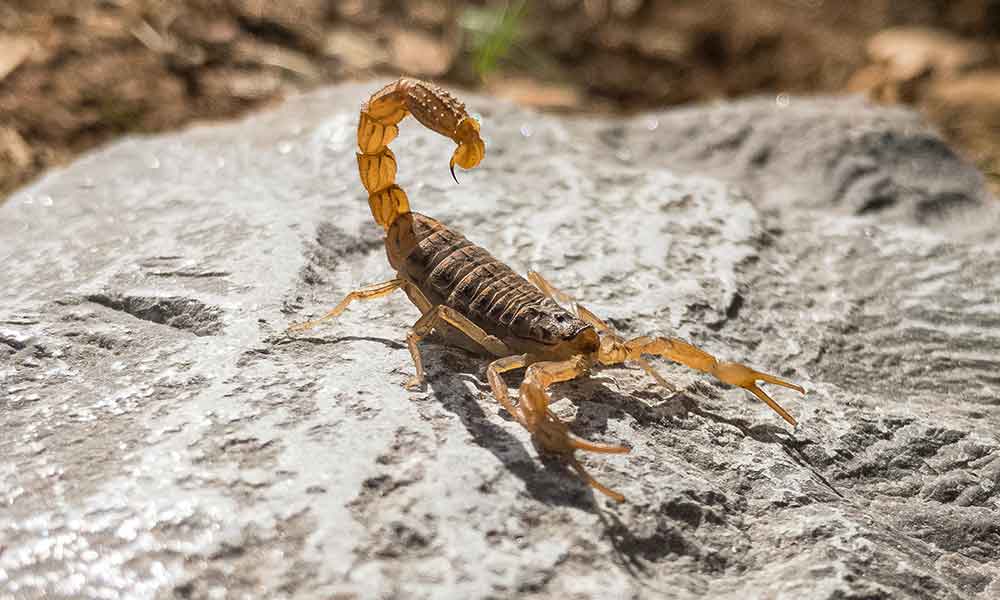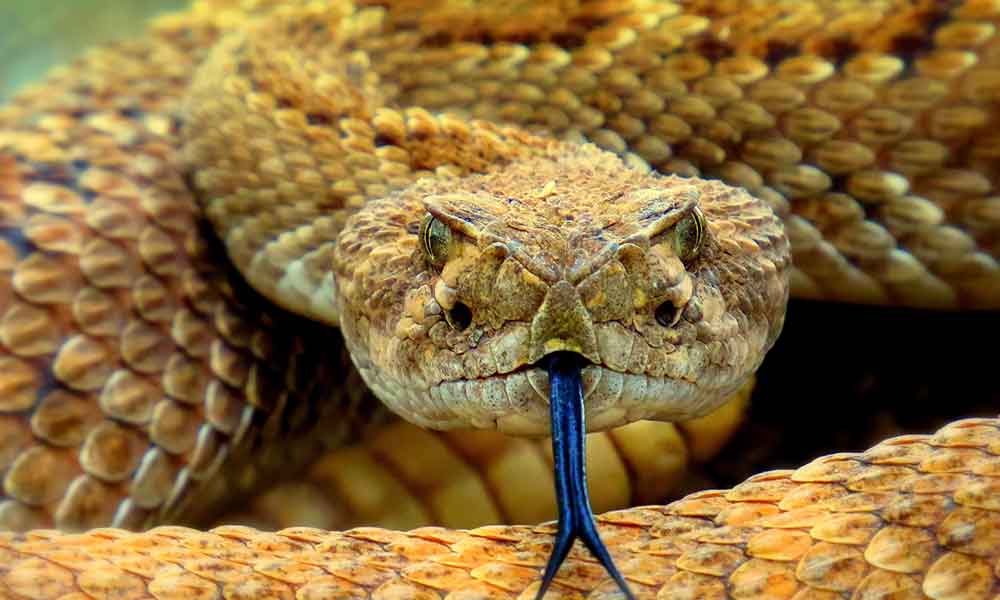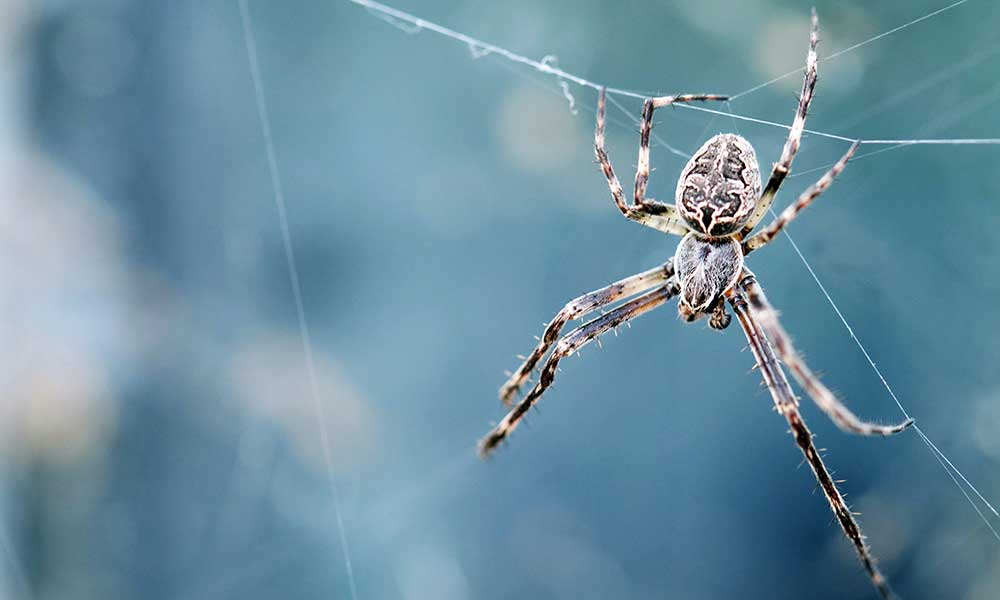Jellyfish are invertebrate marine animals in the Cnidaria class.
They are gelatinous creatures that can be found all over the world and have been around for at least 500 million years, making them one of the oldest animals on planet earth.
There are over 2,000 different types of jellyfish that live around the globe including California, Florida, Hawaii, and Massachusetts.
The word “jellyfish”, along with “sea jellies” or just “jellies”, are informal names and are used to describe all creatures in this class.
How Many Types Of Jellyfish Are There?
There are over 2,000 types of jellyfish out there and you’ll find some incredible variety among them.
The fact that they can live in the deepest ocean has led scientists to estimate that there could be over 300,000 jellyfish species out there just waiting to be discovered!
We don’t have room here for 2,000, let alone 300,000, but we have highlighted some of the most common and interesting jellyfish species below to help you learn more about these fascinating creatures.
Moon Jellyfish
Also known as the common jellyfish, the moon jellyfish can be found all over the world.
It’s roughly the size of a dinner plate and feeds on plankton and mollusks.
It relies on the currents to move and is most commonly found along the Atlantic coasts, including the United States, Canada, and the United Kingdom.
Lion’s Mane Jellyfish
The lion’s mane jellyfish also goes by the name “giant jellyfish” and is by far the largest of all jellyfish species.
The largest-ever lion’s mane had 120-foot tentacles and was found off the coast of Massachusetts.
Lion’s mane jellyfish eat a variety of different sea creatures and get their name from the flowing, trailing tentacles that resemble a lion’s mane.
Box Jellyfish
The box jellyfish is a cube-shaped jellyfish known for its toxic venom.
Most box jellyfish stings are not deadly, but they are incredibly painful and can be fatal.
There are many species of box jellyfish and the most dangerous ones include malo kingi and chironex fleckeri.
Cannonball Jellyfish
The cannonball jellyfish or cabbagehead jellyfish has a bell that is roughly the size of a cannonball or cabbage (no surprises there!).
It can be found on the eastern seaboard of the United States, as well as parts of the Pacific.
Crystal Jellyfish
Crystal Jellyfish are colorless jellyfish found across the coasts of North America.
They have approximately 150 tentacles and are brilliantly luminescent.
Crown Jellyfish
The crown jellyfish or cauliflower jellyfish has a series of wart-like bumps on its bell and can grow to a couple of feet.
You can find the crown jellyfish in the waters of the Indo-Pacific, as well as the Atlantic Ocean.
Black Sea Nettle Jellyfish
The black sea nettle jellyfish lives in the Pacific Ocean and can be found from Mexico to Monterey Bay.
Its arms can extend to over 15 feet and it gets its name from its dark and opaque bell, a color that can’t be found on any other species of jellyfish seen near the West Coast.
Fried Egg Jellyfish
The fried egg jellyfish is so-named because it looks like a fried egg.
Seriously. It’s as bizarre as it is beautiful.
Often found in the Mediterranean sea, Atlantic ocean, and the Aegean, these jellyfish only live for 6 months but provide a lot of protection for small fish during that time.
The little guys hide in the jellyfish’s tentacles to protect themselves.
Pink Meanie Jellyfish
“Pink meanie” sounds like something you’d call your 6-year-old daughter when she’s throwing a tantrum.
But it’s actually a species of jellyfish that was first seen in the Gulf of Mexico a couple of decades ago.
It lives up to its name, as well.
The pink meanie preys on other species of jellyfish and uses its massive tentacles and impressive reach to entangle them and reel them in.
FAQs About Jellyfish Species
If you still have a few questions about the many types of jellyfish, as well as their habits, take a look below:
What Is The Most Common Jellyfish?
The moon jellyfish is the most common type of jellyfish.
What Is The Deadliest Jellyfish?
The Australian box jellyfish is not only the most dangerous jellyfish, but also the most dangerous marine animal.
How Many People Die Each Year From Jellyfish Stings?
Between 50 and 100 people die from jellyfish stings every year, but these numbers might be underreported as they often occur in remote regions.
What are the Types Of Jellyfish In Florida, California, and Hawaii?
You can find moon jellyfish in all of these states and may also encounter the Portuguese man o’war.
The cannonball jellyfish is a common sight in Florida and you’ll find box jellyfish in Hawaii and California.
If you want to see jellyfish in a safe environment, visit the Monterey Bay Aquarium.
You can see a variety of comb jellies, the aforementioned moon jelly, and many other sea creatures.
How Long Do Jellyfish Live?
Lifespan varies depending on the jellyfish species and can be anywhere from a few days to a year.
What is the Largest Jellyfish?
The honor of being the largest jellyfish goes to the lion mane jellyfish, which has been known to have tentacles of 120 feet.
How Do Jellyfish Sting?
Jellyfish tentacles are covered with stinging cells known as nematocysts.
These stinging cells are loaded with venom and the jellyfish use them to capture and incapacitate their prey.
Do Jellyfish Have Brains?
Jellyfish don’t have brains but they still have neurons and these send signals throughout the jellyfish’s body.
Can You Pee on a Jellyfish Sting to Kill the Pain?
Peeing on a jellyfish sting will not kill the pain or cure the sting.
It may actually make things worse, and not just because you’re now in pain and covered in urine.
Most jellyfish stings can be treated by removing visible tentacles with tweezers, washing with seawater, and applying rubbing alcohol or vinegar.
Are Jellyfish Prey?
Many species of jellyfish are eaten by humans and they are also prey for other animals, including sea turtles.
Summary: Jellyfish Species
We have only just scratched the surface when it comes to sea jellies.
They are some of the most unusual and most beautiful creatures in the sea and they can be seen all over the world.
So, the next time you’re on the shore or at your local aquarium, keep an eye out for these creatures, especially the nasty little box jellyfish!







